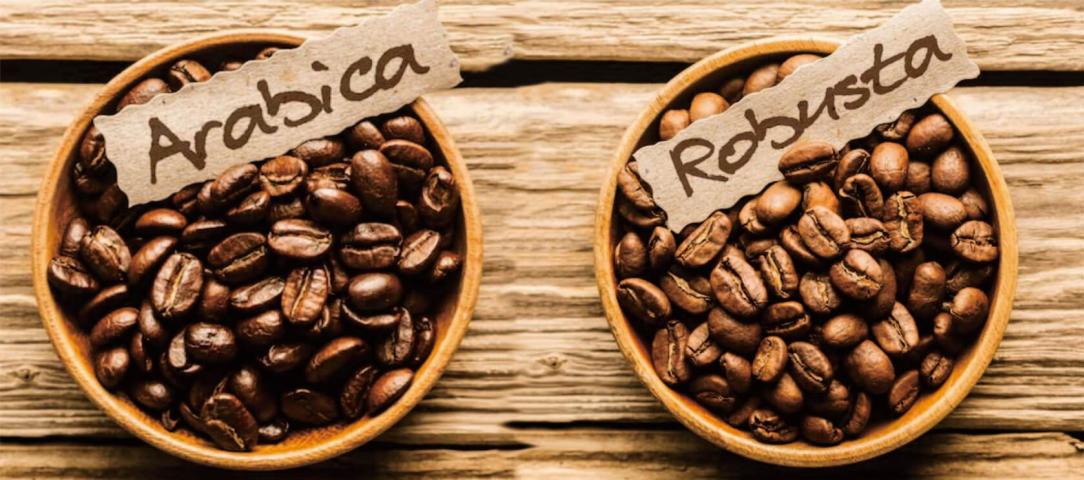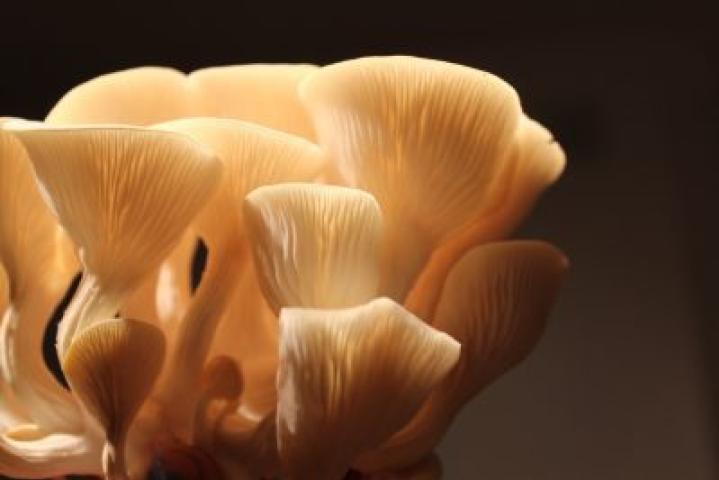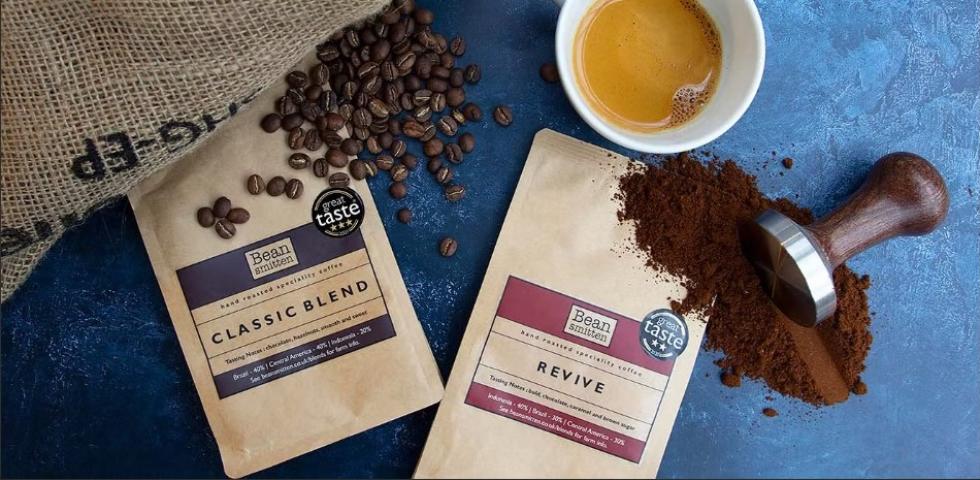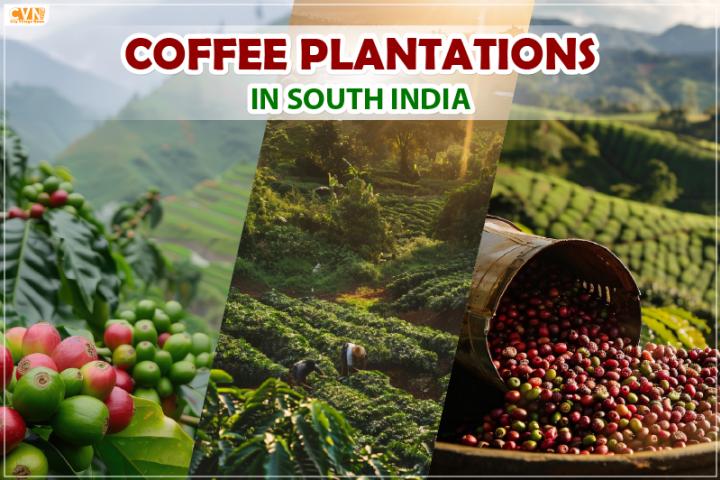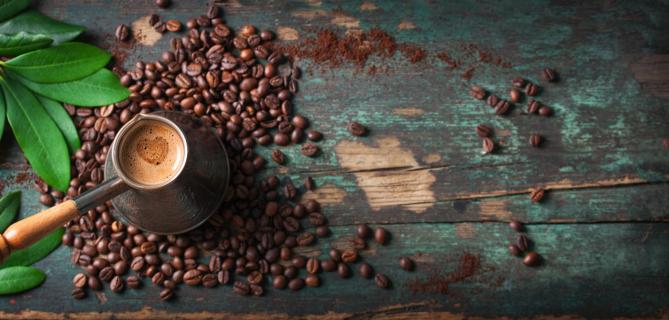Origin and Growing Regions
Robusta coffee originated from parts of Central Africa and Asia. It thrives
well in hot and humid climates. The top Robusta coffee producing countries
include Vietnam, Brazil, Indonesia and Uganda. Vietnam is currently the largest
producer, accounting for over 40% of global Robusta coffee production.
Arabica coffee originated in Ethiopia. The best Arabica coffee growing regions
are found in Central and South America at medium elevations between 4,000-7,000
feet. Colombia, Brazil and Honduras are the largest producers of premium
Arabica coffee. Arabica coffee thrives at higher elevations with cooler
temperatures that have varying light and moisture levels throughout the year.
Caffeine and Acidity Levels
Robusta
and Arabica Coffee Beans coffee has a higher caffeine content at 2.7%
compared to Arabica's 1.5%. Robusta is also more bitter and acidic than
Arabica. The higher caffeine is offset by higher acidity which makes Robusta
taste more harsh and unpleasant for many coffee drinkers when consumed on its
own. Arabica has lower acidity and produces a smoother, sweeter coffee taste
favored by most coffee consumers.
Disease Resistance
Robusta coffee is more resistant to diseases like leaf rust that plague Arabica
coffee farms. The fungal disease Hemileia vastatrix causes coffee leaf rust
which can decimate entire Arabica coffee crops. Robusta's natural robustness
and resistance to pests and diseases make it a reliable crop even in poor
growing conditions compared to the more delicate Arabica plants.
Usage in Coffee Blends
Due to its higher acidity and caffeine levels, Robusta coffee is seldom
consumed on its own. It is typically blended in small percentages, usually 30%
or less, with Arabica coffee to add body and crema when brewing espresso
drinks. The mellower Arabica balances out and rounds off the stronger flavor of
Robusta. Many commercial robusta-spiked coffee blends are used to make instant
coffees as well.
Pricing Differences
The superior taste and lower caffeine content of Arabica coffee means it
commands a significant price premium in the global market. Top grade Arabica
beans can fetch over US$5 per pound compared to around US$2-3 for Robusta.
However, Robusta offers better yields per acre so it remains the cheaper option
for commercial coffee producers. With rising temperatures affecting Arabica
production, Robusta production has increased to satisfy growing global demand
for coffee.
Sustainability and Environmental Impact
Robusta varieties are often grown as a monoculture and do not support the same
biodiversity as shade-grown Arabica farms. Both types of coffee have carbon
footprints from farming, processing and transportation. Some studies indicate
Arabica production may have fewer emissions due to lower fertilizer and
pesticide usage on the shade-grown crops compared to intensive Robusta farming.
There are also variations between sustainable and conventional growing methods
within each coffee variety. Overall, both have an environmental impact but
Arabica may be 'greener' if grown using sustainable practices.
Changing temperatures are making Arabica farming more difficult in traditional
regions. Researchers are cross breeding Arabica with disease-resistant Robusta
varieties to develop hybrid coffee trees with improved yields and taste. Over
time, such hybrids may replace pure Arabica in parts of the world. Meanwhile,
Robusta production will continue increasing to fuel demand as more consumers
worldwide drink coffee every day. Both coffee varieties have an important but
differing role to play for a sustainable global coffee market into the future.
Get this Report in Japanese
Language-
Get this Report in Korean
Language-
About Author-
Vaagisha
brings over three years of expertise as a content editor in the market research
domain. Originally a creative writer, she discovered her passion for editing,
combining her flair for writing with a meticulous eye for detail. Her ability
to craft and refine compelling content makes her an invaluable asset in
delivering polished and engaging write-ups.
(LinkedIn: https://www.linkedin.com/in/vaagisha-singh-8080b91)

